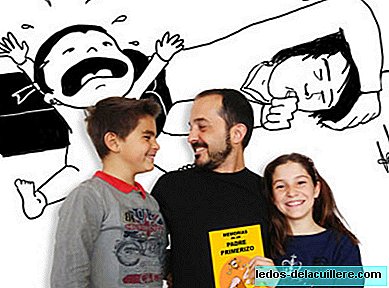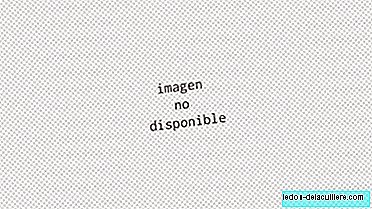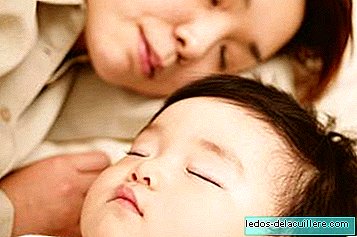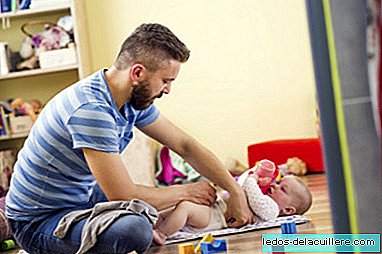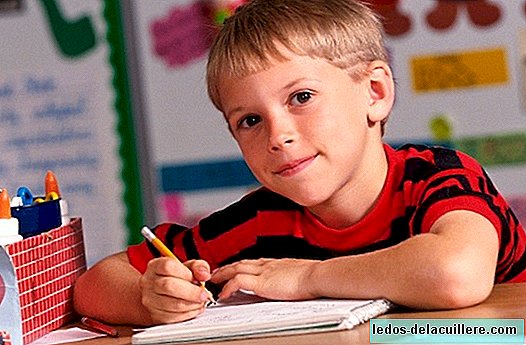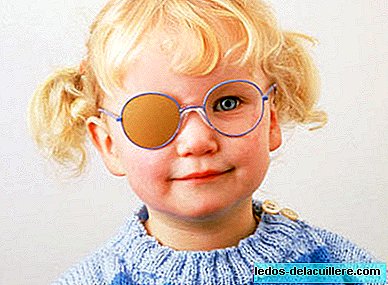
Amblyopia, better known as "lazy eye" or "lazy eye", is one of the most frequent vision problems among young children.
It occurs when brain cells that are responsible for the vision of that "lazy eye" do not develop due to lack of use, causing a decrease in visual acuity and loss of vision.
It is essential to detect it in time because it has a simple treatment with a high success rate as soon as possible.
Once the child has reached the age limit at which vision develops (between 7 and 9 years) it can become an irreversible disorder because the brain cells responsible for vision that have not been stimulated during childhood cannot develop later . On the other hand, if it is detected in time when the visual system is still moldable, it can recover between 80% and 100% of vision.
It is not easy to detect. The child may not show problems to see because this is how he has seen the world since he was born. For him to see less is normal. Hence the importance of periodic ophthalmological controls in childhood. One is recommended at 6 months, another at one year, another at 2 years and then periodically one per year.
A lazy eye is not recognized with the naked eye, so parental observation is essential. Maybe a deviation or an eye that turns can be a symptom to go to the ophthalmologist's office. This is how I realized that my daughter had a lazy eye. A slight deviation, of which only I had noticed, made me sow the suspicion of a vision problem.
Why does amblyopia or the "lazy eye" occur?
The main cause of amblyopia is strabismus or ocular deviation. The brain cancels deviated eye information to avoid double vision. It is the one that causes the most cases of lazy eye, but also the one that best responds to treatment.
It may also be due to a difference in graduation between the two eyes due to myopia, farsightedness or elevated astigmatism causing one eye to work harder than the other and the latter becoming a lazy eye.
Finally, if there is a problem such as glaucoma or cataracts that obstruct visual development, amblyopia occurs due to disuse.
symptom
As I said before, it is not easy to detect a lazy eye, but we must be attentive to certain symptoms that can indicate that something is failing in the vision of our little one.
• gets too close to the sheet to read or draw
• Close or narrow your eyes frequently
• continuously rubs eyes
• Twist the head on both sides to fix the view
• You feel itchy eyes, you almost always have them watery or red
• Continuously suffer headaches.
• The sun bothers you or has trouble adjusting to the darkness.
• Twists or deflects an eye, even if it is almost imperceptible
Treatment
The treatment of the lazy eye is to cover the good eye with a patch and leave the lazy eye exposed to stimulate its use. It is called ocular occlusion, which is also sometimes complemented by visual dexterity exercises.
Children don't always get along with having an eye patch. There are patches with drawings created especially to make the treatment less traumatic for the child. The design of the patches is a good excuse to remove iron from the matter and let the child choose the one he likes best or insist that he teach his friends the different patches he has chosen.
It is advisable to treat the issue as naturally as possible, taking away seriousness and making comments with positive connotation to prevent the child from feeling ashamed or insecure about wearing a patch. The support of the family is essential to give him confidence, strengthen him in the face of possible teasing and so that the child is convinced that the treatment is necessary for the health of his eyes.


